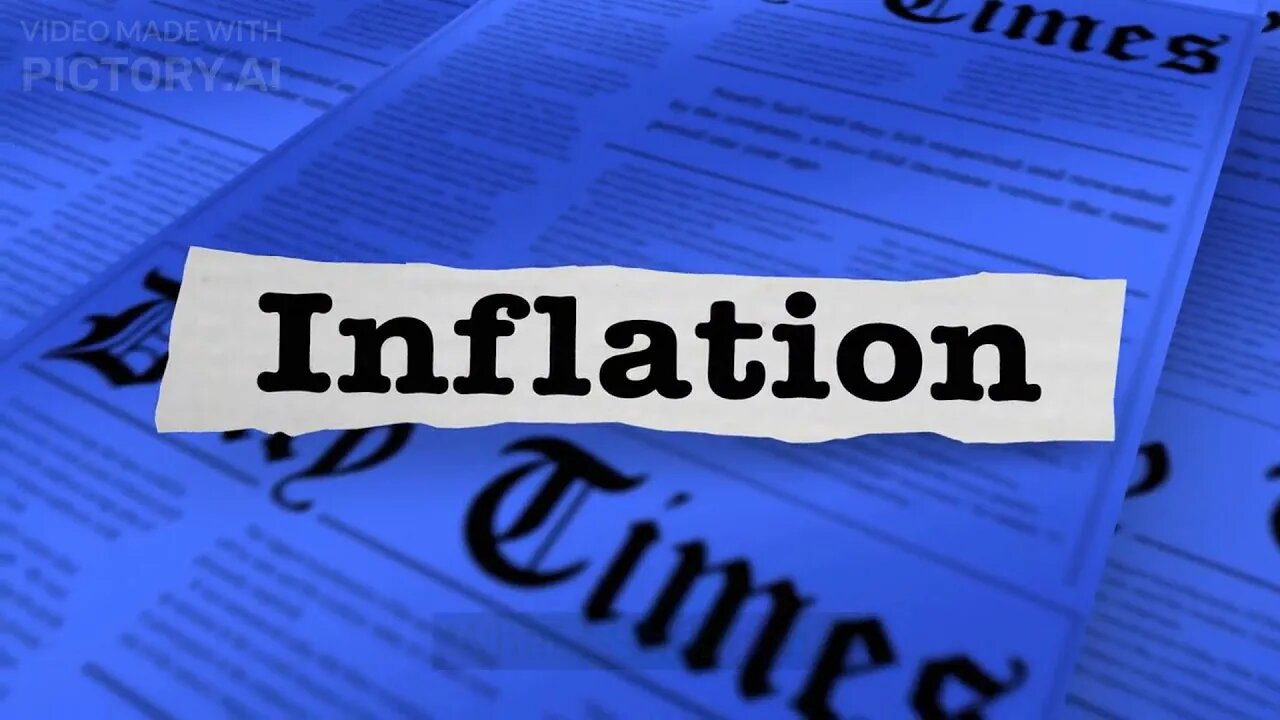Premium Only Content

INFLATION EXPLAINED - From Consumer Price Index, the Federal Reserve, to monetary and fiscal policy
Inflation is a rise in prices of a selection of products and services. Commonly expressed as a percentage, it also refers to the decline in the purchasing power over time. Inflation could lead to a decline in economic growth and ultimately an economic contraction or a recession.
The Consumer Price Index - or CPI - is the most widely used measure of inflation.
Financial markets, government policymakers, businesses, and consumers watch the CPI very closely. The Federal Reserve closely monitors the CPI to adjust monetary policy and implement appropriate measures to control the money supply and credit. The Fed may use the discount rate, purchases or sales of US Treasuries to control money in circulation.
The Producer Price Index - or the PPI - measures prices at the producer level. Producer prices greatly influence prices charged at the consumer level.
This video explains the causes of inflation from government money printing, stimulus checks, tax rebates and other causes and the terminology used (DEMAND PULL Inflation , COST PUSH Inflation, and BUILT IN Inflation).
Wars, natural disasters and weather events may cause inflation by limiting supplies. Sound monetary policy and fiscal policy can help reduce inflation.
#inflation #cpi #purchasingpower #currency #monetarypolicy #credit #business #commodities #consumer #economy #employment #interestrates #recession #demand #cost #money #federalreserve #thefed #ppi #producer #moneyprinting #moneysupply #stimuluscheck #hyperinflation #prices #risingprices #inflation2022
-
 2:51:00
2:51:00
Fresh and Fit
7 hours agoWomen Claim To Give Better Dating Advice So We Did THIS...
115K66 -
![[F EM UP Friday] Take # 2 [Destiny 2] Lets Kick Some A$$! #RumbleTakeOver](https://1a-1791.com/video/s8/1/c/W/7/1/cW71u.0kob-small-F-EM-UP-Friday-Take-2-Desti.jpg) 5:16:50
5:16:50
CHiLi XDD
8 hours ago[F EM UP Friday] Take # 2 [Destiny 2] Lets Kick Some A$$! #RumbleTakeOver
37.3K1 -
 5:13:43
5:13:43
ItsMossy
14 hours agoHALO WITH THE RUMBLERS (: #RUMBLETAKEOVER
34.2K1 -
 1:54:08
1:54:08
INFILTRATION85
7 hours agoHi, I'm INFILTRATION
34.2K9 -
 7:51:03
7:51:03
GuardianRUBY
9 hours agoRumble Takeover! The Rumblings are strong
72.3K3 -
 4:28:45
4:28:45
Etheraeon
16 hours agoWorld of Warcraft: Classic | Fresh Level 1 Druid | 500 Follower Goal
51.1K -
 3:17:21
3:17:21
VapinGamers
8 hours ago $3.73 earned🎮🔥Scrollin’ and Trollin’: ESO Adventures Unleashed!
34.9K2 -
 LIVE
LIVE
a12cat34dog
10 hours agoGETTING AFTERMATH COMPLETED :: Call of Duty: Black Ops 6 :: ZOMBIES CAMO GRIND w/Bubba {18+}
270 watching -
 8:23:18
8:23:18
NubesALot
12 hours ago $5.29 earnedDark Souls Remastered and party games
30.3K -
 3:03:42
3:03:42
GamersErr0r
1 day ago $2.20 earnedits not what you think
24.7K1